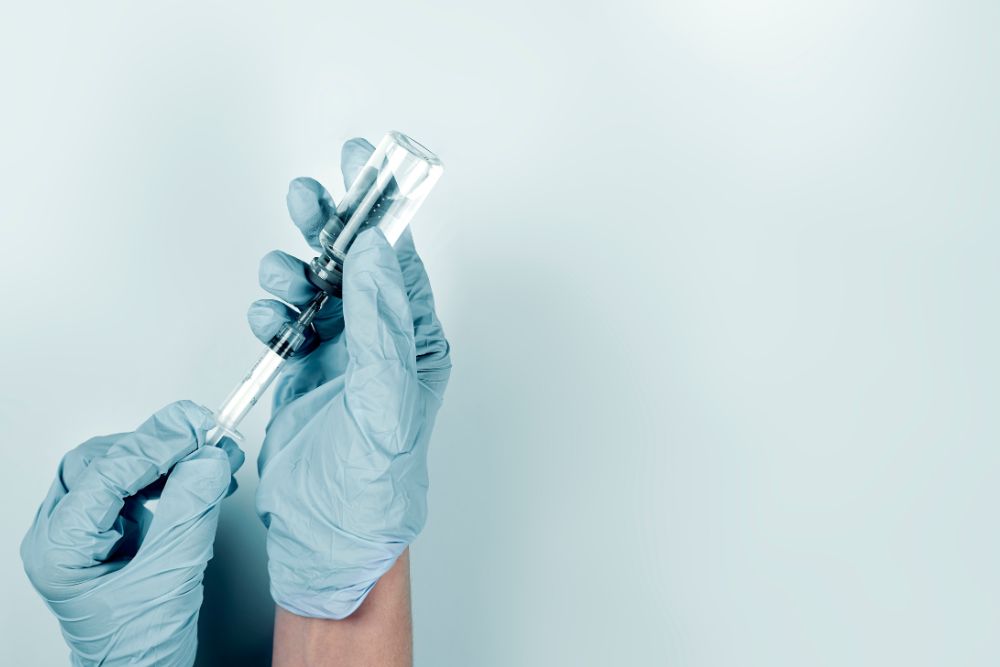What Is an Intravitreal Injection? A Patient’s Guide to the Procedure

An intravitreal injection is a shot of medicine into the eye. No one is a fan of needles, so the thought of getting an injection in the eye can be understandably scary. The truth is that these injections aren’t as terrible as they seem and are extremely effective in treating a wide variety of retinal conditions.
The Purpose of Intravitreal Injections
Intravitreal injections are used to administer anti-vascular endothelial growth factor (anti-VEGF) medications. These medications help reduce swelling in the eye by stopping or slowing the leakage of blood vessels or the formation of new blood vessels. Intravitreal injections are used to treat various retinal conditions, including diabetic retinopathy, macular degeneration, and vascular occlusions.
Compared to taking medication orally or intravenously, intravitreal injections are significantly more effective at treating certain retinal conditions. They allow for a higher and more intense dose than would be safe to take orally.
The Intravitreal Injection Procedure
Here’s what you can expect before, during, and after the procedure:
- You’ll receive an anesthetic that will numb the surface of your eyeball so that you won’t feel any pain. The anesthetic is usually in the form of eye drops or an eye gel.
- An antiseptic will be applied to your eye to prevent bacteria from entering the eye and causing an infection.
- Your retina specialist will use a small device called a speculum to keep your eye open.
- You will be instructed to look in a certain direction so that the medication can be inserted into the appropriate sections of the eye.
- The injection is administered through the white part of your eye using a very thin needle. You may feel a slight pressure.
After the injection, your retina specialist will clean your eye and check for any problems or complications. The entire process takes about 10 to 15 minutes. You may experience some eye irritation for a few hours after the procedure. You may also have a spot of blood on the eye at the injection site, though this is rare and usually clears up on its own within a week.
